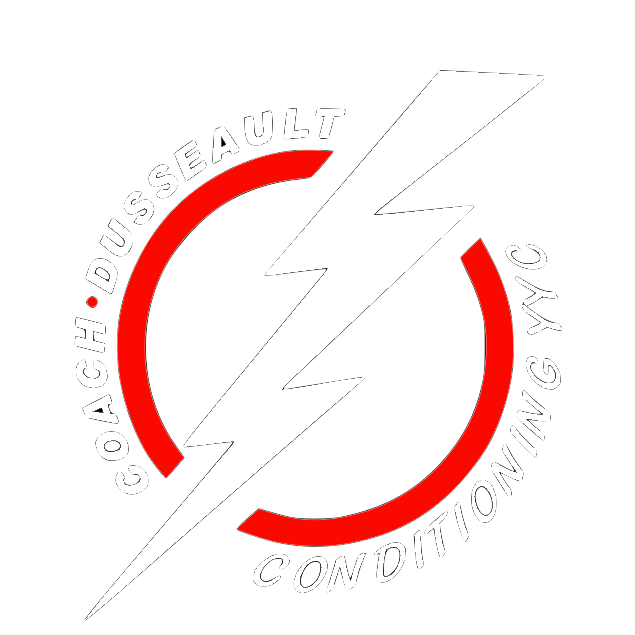The Window And The Mirror
The book “Good To Great” by Jim Collins has a lot of great lessons that can be applied in business. One of my personal favourites has been the concept of The Window and The Mirror.
In discussing the development of good companies into great ones that produced lasting great results, unsurprisingly one of the defining factors was leadership. More specifically, the leaders of these good to great companies were defined as “Level 5 leaders.” Level 5 leaders display a powerful mixture of personal humility and indomitable will. They’re incredibly ambitious, but their ambition is first and foremost for the cause, for the organization and its purpose, not themselves.
Although this is certainly true when it comes to business, being in the profession I am in, I can’t help but think how this applies back to athletics as well.
When thinking about what creates a great athlete, one thing I have always believed in is that a great athlete must be a great leader. However, not all great leaders need to be in a traditional leadership role. When I think of a leader on a team, I think of leading by example. This doesn’t mean being the loud guy that rallies everyone and gets them psyched for the game. This doesn’t mean being the guy that sorts out any conflict amongst teammates… this doesn’t mean any one thing. Basically, I believe a good leader in ANY team is one that applies the concept of the window and the mirror.
The Window → When things on the team are going well, a good leader is looking out the window to give credit to other people around them, and other external factors. There is obviously nothing wrong with acknowledging when you yourself contribute to a win, but in the eyes of a great leader, the lion’s share of the credit lies with the team.
The Mirror → However, when things are going poorly and it is the easiest to look for external factors… a great leader is looking in the mirror. Looking for what they can control, looking for what they could have done better, or how they could have had more of an effect on the outcome.
As much as this may be an easy concept to grasp, the real challenge is applying it. It is easy to make mistakes, do something wrong, etc. and look for the reason that it happened. It is a lot more difficult to take responsibility. If you feel you lost because “the ref made a bad call” or “your teammate messed up that easy goal” don’t place the blame on them. Think of what you could have done to make sure you weren’t in such a vulnerable position that one bad call or one missed play could have cost you the game. The answer is not always easy, but it is always there. As long as you are looking for what you can control, you are still in control of future outcomes. Keep looking for the next step in the process and you will keep pushing forward.
It is almost too easy to place blame somewhere else, take a deep sigh of relief saying “at least it wasn’t my fault.” Sometimes it might feel good too. It’s a challenge to keep yourself accountable and to continually look for ways to improve. It is also easy to take credit for when things in your organization go well. That DEFINITELY feels good. However, being able to find the positives in the people around you, and being able to look for the improvements within yourself are truly elements of what create great, long lasting leaders, a great training / practice environment, as well as most importantly… great people.
